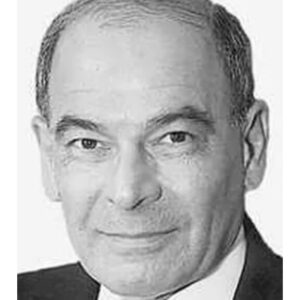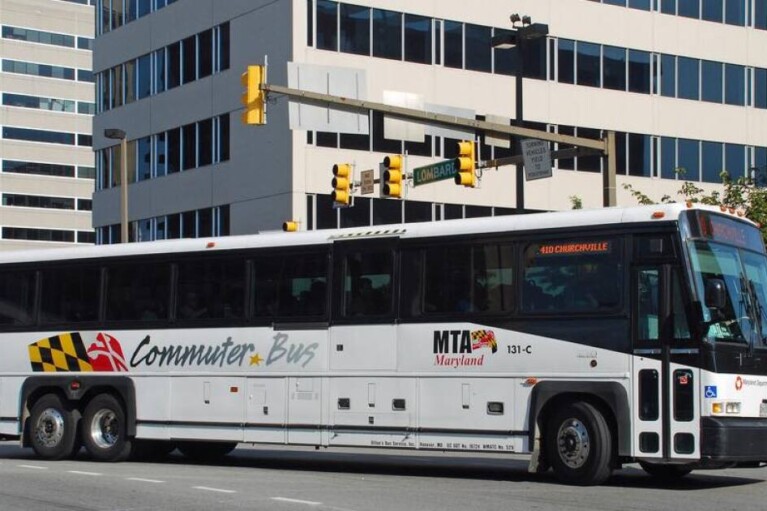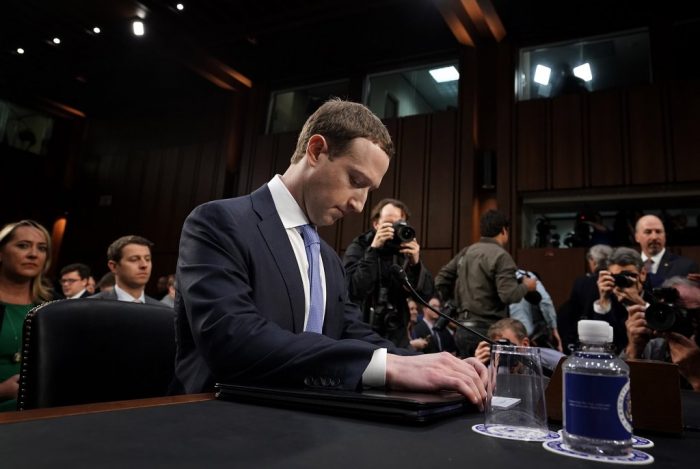Political campaigns are the music of democracy. They sing of who we are as a people and what we’re willing to do for each other.
If only.
Okay. Enough with the high-minded bloviation. Let’s get down to the nitty-gritty of politics and campaigns.
But first, one more note: Anyone who believes that a couple of quick Hail Mary’s have a winning place in politics ought to be reminded of this: God is on the side with the best get-out-the-vote organization.
Politics is a form-follows-function kind of business. The twin court cases hanging over the 2022 elections like approaching thunderheads — one dealing with legislative redistricting, the other with Congressional reapportionment — are causing major heartburn among political rubberneckers as well as some backroom operatives.
At their least threatening, nimble campaigns — those that are well-financed and professionally organized and managed — needn’t fret. They can adjust and adapt, turn on a thin dime and continue on their merry way.
Where the twin scourges are menacing, though, is that they might create false hope, with the elastic voting calendar offering more time, though draining resources, in a campaign that at the moment involves more than a dozen candidates.
And therein rests the problem. Maryland has notoriously low voter turnouts in primaries – anywhere from 16 percent in Baltimore City to an average of, say, 35-40 percent statewide.
It doesn’t take Stephen Hawking to discover that with 10 Democrats in the primary race, it’ll take about 20-25 percent of a 40 percent turnout to claim victory for what is, for electoral purposes, an empty seat for governor. That, citizens, is a worrisome formulation, when 20 percent of the voters can dictate 100 percent of the result.
As Baltimore’s celebrated numerologist, William “Little Willie” Adams, liked to say, “You play the percentages.”
And that’s the fright of this election: Theoretically, any candidate with a large family and lots of friends can win.
But back to the courtrooms. There is a significant difference in the two cases between reapportionment and redistricting that handicappers should keep in mind, even though that distinction has now been blurred but perhaps not revolved.
Redistricting has an established set of guidelines for district composition, reapportionment has none. Legislative redistricting under the state constitution lays down considerations such as contiguity, commonality of interests, compactness and the integrity of local boundaries.
Several governors ago, for example, the court tossed a redistricting plan wherein Gov. Parris Glendening (D) blurred lines, jumped over districts and connected incompatible dots to punish rebellious legislators on the Dundalk corner of the map. Yes, we’ll always have Parris.
Congressional reapportionment and redistricting requires little ingenuity except the constitutional dictate that there shall be 435 congressional districts of roughly equal population, in today’s numbers about 761,000. And as a late entry, districts with majority-minority populations cannot be diluted. That’s about it, in spite of all the Republican kvetching and caterwauling that supplies the background noise to the cases.
Even so, in a daring exhibit of the old judicial ju-jitsu, Judge Lynne A. Battaglia applied the state guidelines, and a whole lot more, to the federal election map. The Maryland Constitution is silent on Congressional redistricting.
Battaglia shredded the map and ordered it redrawn by March 30, a daunting deadline that’s only a few days away and closing in on the General Assembly’s adjournment date of April 11. Battaglia called the map “an extreme partisan gerrymander.” The attorney general’s office is considering whether to appeal.
Republicans have tried, unsuccessfully, for years to undo Maryland’s Democratic cartographic handiwork with Congressional maps — currently 7-1 in their favor and, despite the court’s ruling, could remain that way — just as Republicans perform the same mischievous craft in other states.
Remember, too, that Maryland’s awkward land mass is a misshapen mess that resembles a runaway ink blot, and that Rep. Kweisi Mfume’s Seventh Congressional District cannot be touched because of its minority status, and it’s easy to discern the difficulty of configuring the map. And consider, too, that there aren’t that many Republicans to spread around. Be careful what you wish for.
But the courts, all the way up to the Supremes, have been largely unwilling to step into territory that is assigned to the states. Most recently, the Supreme Court whiffed on redistricting cases affecting Pennsylvania and North Carolina — rebuffing Republican crocodile tears and allowing Democratic supremacy to stand.
Gov. Larry Hogan (R) has made non-partisan redistricting maps a crucible of his administration, to the point where a consulting firm that is a virtual extension of his office handled the flackery for the commission that drew the maps and is now the mouthpiece for the Republican cases before the courts. In this case, non-partisan translates to “Larrymandering.”
So, really, the squall over mapmaking should have little effect on the campaign for governor, or others, though the handwringers moan over the election date now scheduled for midsummer, on July 19, and that the delayed filing deadline of April 15 could attract still more candidates.
On the first point, voting has never been more accommodating. Unlike the old days, when the political machine hoped for foul weather to keep the voter turnout low, and reformers prayed for fair weather to attract a high voter showing, today’s voting patterns are difficult to discern.
To blunt the concerns of summer disinterest, or the old-time lament that everybody will be at the beach, in Maryland there’s almost universal mail-in balloting, drop-off boxes, a full week of early voting, and numerous forms of voter registration right up to voting time. Even your smart phone can now be your voting booth.
Primary elections are, by their nature, family affairs. The parties pick and choose who they want to represent them in the general election and hope they come up with a winner who can deliver the pork chop in November.
Unaffiliated, or independents — those who choose not to be associated with a party — are prohibited from voting in Maryland’s system of closed primary elections. They do so by choice, so don’t feel sorry for them when they claim they’re being denied the franchise. (There are now nearly as many unaffiliated voters as Republicans in Maryland. While the Democrats have increased to about 2.2 million registered voters, there are 991,944 Republicans and 824,969 independents, according to the Maryland Board of Elections’ latest figures.)
As for the candidates themselves, there’s a significant difference between primary and general elections. Primary elections are essentially won on the ground. They are about organization — identify your vote, organize it and deliver it to the polls at election time.
General elections, by contrast, are won on the virtues of policies, programs and presentation, when the voters really decide who and what regime they want for the coming four years.
The rules of politics are the rules of the marketplace.
To that end, there are several well-financed candidates for governor already beginning to show their money and their willingness to spend it. And there are an equal number of candidates with national networks of friends and supporters who appear eager to contribute money as well as star-power to the Maryland campaign. Outside and highly recognizable influences will make themselves felt over the stretch of this campaign season.
Tom Perez, for example, former local, state, federal official, and chairman of the Democratic National Committee, is on the air with a six-figure time-buy. The generic commercial is introductory and designed to familiarize the name with a celebrity non-endorsement appearance by Former President Barack Obama. Read into the commercial what you will.
Perez, as former DNC chair, likely has a Rolodex (when such a thing existed) as thick as a Manhattan phone directory (when such a thing existed.) And labor unions far and wide are piling on the endorsements of former Labor Secretary Perez.
But hold on. There’s a possible intra-mural rivalry building. Another candidate for governor, John B. King Jr., is also an alumnus of the Obama Administration where he served as education secretary. It’ll be interesting to watch if Obama is used by King in much the same non-endorsement embrace as Perez has spliced together with dated clips and fragments.
Endorsements don’t mean much except that it’s better to have them than not, if for no reason other than bragging rights. Their true currency is in the immeasurable of how many votes they can deliver. Celebrity endorsements, meh. Celebrity is usually not transferable.
Wes Moore, author, Rhodes Scholar, CEO of a national non-profit, is similarly on the air with a name-ID commercial, army officer battle fatigues and all the service ornaments, hoping to become a household fixture leading up to election time. Moore, too, has a national network of friends, associates and compatriot Rhodes Scholars, which includes — are you ready for this — Former President Bill Clinton.
It could come to this: Maryland could have two former Democratic presidents — Obama and Clinton — dueling support, implicit or explicit, for two different candidates for governor of Maryland. (And not to forget, as much as many of us would like to, Former President Donald Trump has endorsed Republican Del. Dan Cox for governor, setting up kind of a re-match with Hogan, who is supporting Kelly Schulz as his heir apparent and successor. Cox recently tried to impeach Hogan.) Traditionally, endorsements go from the bottom up and not the top down. Go figure.
There are others among the Democratic candidates with connections to presidential administrations as well who could roll out their platinum resumes and parade their White House connections.
Comptroller Peter Franchot has assembled a formidable bank account and has made it a point to cultivate a base of those he regulates as tax collector, among them the microbrewery owners, gas station operators, and small businesses in general.
To Maryland voters, Franchot’s is probably the most recognizable name and face of the bunch, for durability if nothing else. Franchot is now in his fourth term as comptroller after serving 20 years in the House of Delegates.
To call this election year a triumph of democracy in action is akin to describing a landfill as a work of art. Admit it. It’s messy. But so is democracy.




 Creative Commons Attribution
Creative Commons Attribution